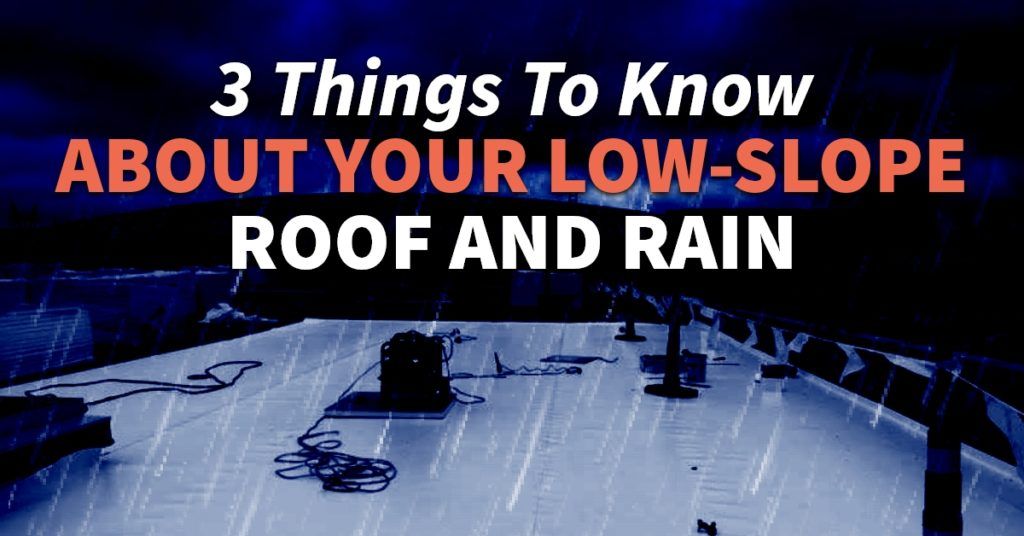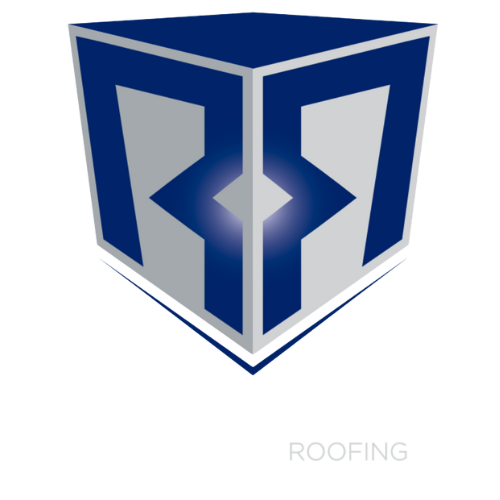
Low Slope Roof and Rain
3 Things To Know About Your Low-Slope Roof And Rain
Oil and vinegar do not mix; they are what scientists call immiscible. Another common immiscible combination is wax and water (thanks, lava lamps!). Rain and a low-slope roof are also immiscible — they don’t mix well.
Low-Slope, Not “Flat”
If you truly had a “flat” roof, rain would ruin it in just a few downpours. No commercial roof is 100 percent flat; they all slope to allow rainwater to drain to parapet scuppers or internal drains. Without slope, your roof would suffer from:
- Compressed insulation
- Ponding
- Plant growth
- Static water weight
- Rotted wood structural members
- Water infiltration
- Wet insulation
Your commercial roofer, like Rackley Roofing, can correct any roof slope defects. Low-slope roofs can pitch as little as ¼-inch over 12 inches of run. That is often too subtle for an untrained eye to see. Rain sitting on a roof compresses insulation, destroying the gentle slope.
Heavy Rain
In any heavy, sustained rain, your commercial roof receives thousands of gallons of water. Without adequate drainage and upkeep, the roof will leak. It is only a matter of when, not if. Rain seeks the lowest level, and if an open seam allows water inside your roof deck, you will get water infiltration.
A tiny leak of a few drops has a lot of water weight behind it, especially if your roof is sloped incorrectly or has been neglected. One square foot of water one inch deep weighs over 5 pounds. This means a 1,200 square foot, low-slope roof with clogged drains is carrying more than three tons of water on it!
Every Rain
No good commercial roofer advises clients to walk on their company roofs. Even a low-slope roof can be unsafe. Yet after every substantial rain, your roof will benefit from an inspection. You can safely check downspouts and visible drip edges from the ground for signs of trouble. From your roof hatch or access door, you can visually check for signs of ponding, clogged drains, or open seams without walking the roof.
Call your commercial roofer for semi-annual roof inspection, cleaning, spot repair, and roof succession planning. Monitoring rain damage and roof erosion can guide you toward roof replacement on your schedule and within your budget. To get the most out of your commercial roof in the southeastern United States, please contact us today at Rackley Roofing. We are ready to go to work right away to protect, improve, repair, or replace your low-slope roof.
